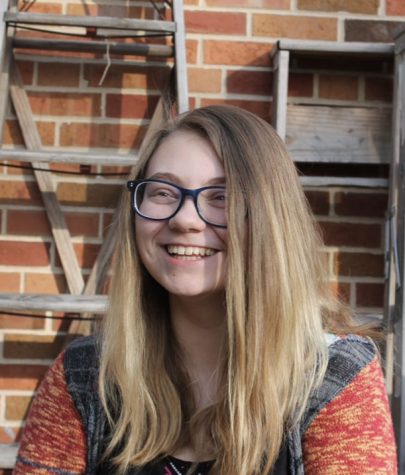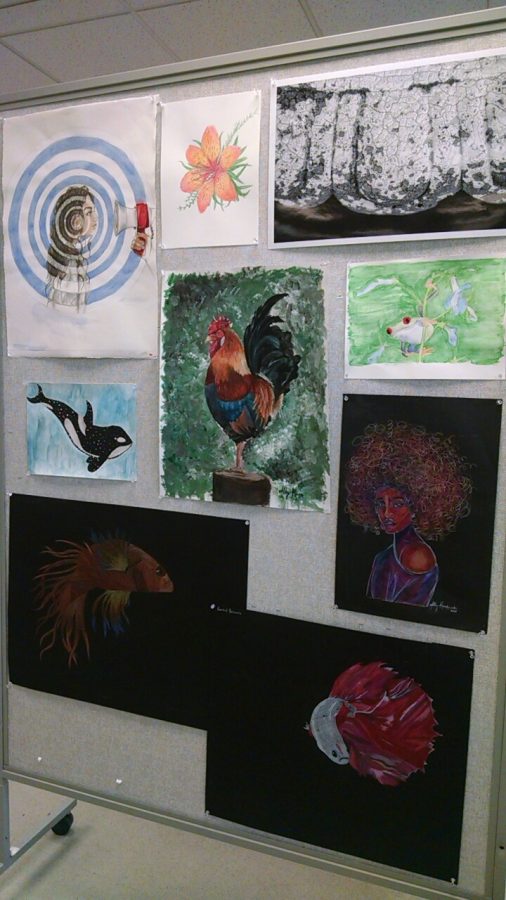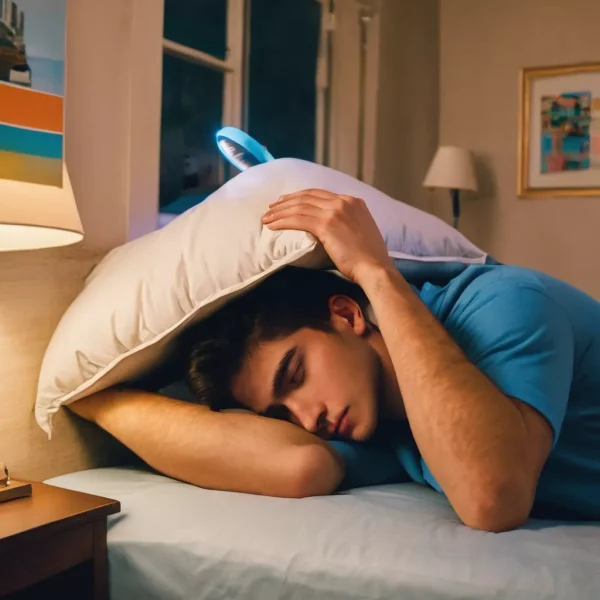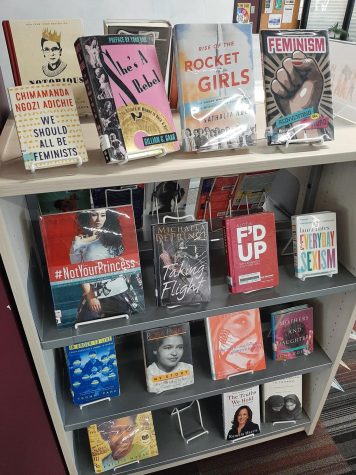The Importance of Fine Arts in Education
“The aim of art is to represent not the outward appearance of things, but their inward significance.” -Aristotle
The fine arts is considered something of a luxury way too often. The fine arts are not some frivolous plaything to be tossed about like an unwanted toy. For many people, it’s a passion, an outlet, a necessity, and even a career. What happens when you dismiss a student’s passion as merely a facetious ambition that will amount to nothing? What happens when you take it away?
What happens when you take science away from a scientist?
The answer for all of these questions is the same: You take away what it means for that person to be who they aspire to be, or to take away who that person already is.
So, an important question must be asked:
Are the fine arts as important to a student’s education as core classes? In a survey of 55 students Wolf Prints conducted over social media, 67.27% said yes, while the remaining 32.72% said no. The vast majority of students do agree that fine arts are a crucial part of a young person’s development. If such a significant amount of students say this, why are the arts always the first to get cut?
The fine arts is how many people demonstrate their culture. For example, Native Americans paint, sing, dance, and tell stories as a part of their culture. All of these aspects are considered to be fine arts in today’s world. The fine arts have been and always will be a way for different cultures to manifest themselves. Today, we use the arts to communicate in more ways than you may think; all those billboards, commercials, and radio advertisements that you see and hear everyday! What kind of work do you think went into those? Billboards are designed by graphic designers, commercials are written by screen and script writers and the scenes are acted out by actors!
Furthermore, the arts are not only a cultural outlet, they also help in a child’s early development. Motor skills are an ability everyone must acquire. Allowing a child to engage in an activity such as art, gives that child a headstart, they will learn to use a pencil, markers, paints, paint brushes, scissors, and any other tool that you choose to introduce to them. They’ll be able to learn to use them correctly and safely, fostering them to be neat, responsible, and safe in the future.
The visual and hands on learning that the arts can provide through activities like drawing, painting, speaking, and acting out different scenarios, are capable of creating a difference in the classroom.
As for teens, exposure to creativity fosters the development of more abstract thinking. This mindset is very important, when faced with a problem, it’s easier to think of an out-of-the-box solution. A divergent way of thinking allows up and coming members of society (teenagers) to stand out and make a difference, thus becoming, not only members of society, but functioning members of society.
Language development is vital to becoming a functioning member of society. Art is an effective way of channeling emotions and recognizing exactly what that emotion means. By undertaking a hobby such as theatre, students can learn to read people’s emotions and how to react to them. Body language is a skill that students can learn through studying literature and acting. Humans use body language everyday and being able to read and understand someone like this is imperative in any given situation, be it a job interview, a relationship, or just talking to people in general.
Participating in fine arts will take you far by teaching you skills that aren’t easily tested. As Mr. Jensen says, “Teamwork, concentration, pattern analysis, how to control your breathing and your body, how to be able to hold someone’s attention for a long period of time, even when they don’t want their attention to be held. You can learn how to communicate emotions in a way that change other people’s minds, which is a powerful tool […] for business as well as a parent someday.”
Arts have the power to change the regular learning environment into one of discovery. They can reignite a love of learning. The majority of students are tired of just being fed facts and need something more.
Mr. Jensen, choir teacher of 20 years at Prairie Ridge, says that music is a “break in your day. You get a chance to express ideas and let out steam. Public education is [where] we gather hormonal, hyperactive children and we bottle them up for eight hours a day and give them a bunch of rules and the most compliant ‘win.’ The child who is able to retain the most and behave the best ‘wins’ at schooling, and music is different. The arts are different, even visual arts and band and choir and dance and P.E. to a certain extent as well […]. Number one, you aren’t forced to be here, you get a chance to express yourself and you get pushed because we expect excellence from you and […] there is a community aspect to a class like this. There are all these benefits that come along with music. And I don’t know that academic pursuits have those same advantages.”
Engaging students in their own education is important, if they are kept interested during class, they will learn so much more than if they were just sitting and listening to their teacher lecture them. Teachers should be encouraged by this, making a change in the way they teach certain subjects to be more hands on and visual. This change can make all the difference in a student’s learning curve. Being able to not just listen, but to be able to do and see what’s being taught is not only more fun, but it also makes things infinitely easier to understand.
“By being apart of creating anything, there are relationships that are intimate in a way than just regular interactions are not. And if you are apart of completing some task together, that teamwork sensibility is going to be important. […] In a culture that tells us that we are independent and […] it’s all about me, the arts do the exact opposite.”
-Mr. Jensen, PR Choir Director
In the long run, letting students engage in activities related to the arts will benefit them, not only emotionally and socially, but also academically. They give new meaning to the classroom and provide a creative outlet to express thoughts and feelings that can only be expressed creatively. All in all, they create a more well rounded, mentally healthier student, and therefore will create a more well-rounded and healthy society.

Talija is in her fourth year of being a part of news team. She doesn’t really stick to one category of news, instead choosing to write whatever feels...




